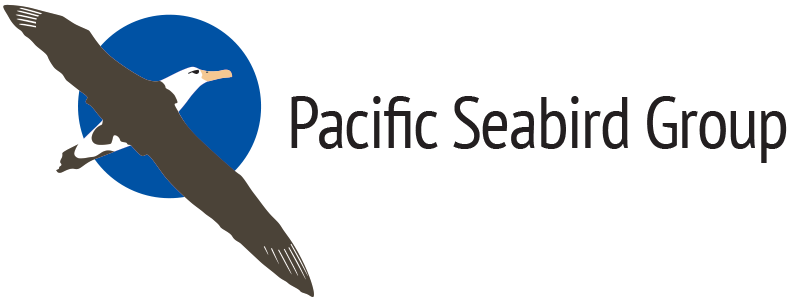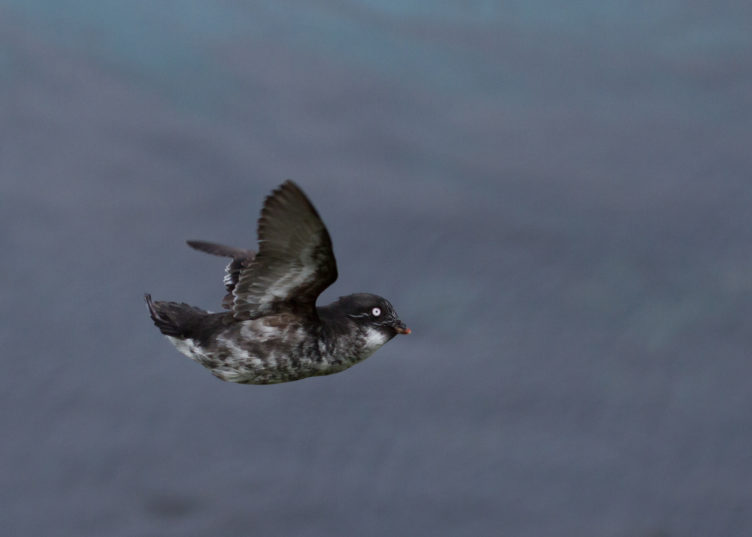Jodice et al. (2024)
Author Information
Patrick Jodice, Yvan Satgé, Kathy Hixson: South Carolina Cooperative Research Unit
Jeff Gleason: U.S. Fish and Wildlife Service
Juliet Lamb: The Nature Conservancy
Brad Wilkinson: Assoc. Fish & Wildlife Agencies
The South Carolina Cooperative Fish & Wildlife Research Unit (SC CRU) continues to conduct research on seabirds throughout the southeast U.S. and Caribbean. A team comprised of Patrick Jodice (SC CRU), Yvan Satgé (SC CRU), Kathy Hixson (SC CRU), and Jeff Gleasons (U.S. Fish and Wildlife Service; FWS) are nearing completion of an atlas and registry for colonies of seabirds and wading birds along the U.S. Gulf of Mexico coast. Supported by Joint Venture and the FWS, the atlas will integrate existing data from 2010 to 2022. To date, ~ 40 datasets from 10+ data providers have been incorporated, representing more than 50,000 surveys of 46 breeding species. This resource will provide critical information to understand the distribution and status of breeding waterbirds in the northern Gulf of Mexico and is expected to be completed by June 2024. Jodice and Satgé, in collaboration with Grupo Jaragua, Environmental Protection in the Caribbean (EPIC), and American Bird Conservancy, continue to conduct research that supports conservation efforts of the endangered Black-capped Petrel (Pterodroma hasitata). This species was listed as endangered by the FWS in late 2023 after a thorough review process. While most of our efforts have focused on deployment of satellite tags (additional tags deployed in March 2024), we also are engaged in efforts to search for new nesting areas in Dominica and to monitor and study nest success and disturbance at sites in the Dominican Republic. Along with Juliet Lamb at The Nature Conservancy and Rainer Lohman at University of Rhode Island, we are initiating a new project this spring to assess levels of per- and polyfluoroalkyl substances (PFAS) in Brown Pelicans (Pelecanus occidentalis) and American Oystercatchers (Haematopus palliatus) along the SC Coast. Building from previous research conducted at the Unit by Bradley Wilkinson that found high levels of PFAS in eggs of pelicans, we’ll be collecting eggs and blood samples from both species, tracking adults from both species, and collecting environmental samples to better understand the availability of PFAS in this coastal ecosystem. The Unit also continues its long-term efforts to tag and track Brown Pelicans. Along with extensive tagging efforts in South Carolina and Georgia, we have recently deployed tags in Virginia, North Carolina, and just recently in Puerto Rico (with Adrianne Tossas and Luis Ramos).






